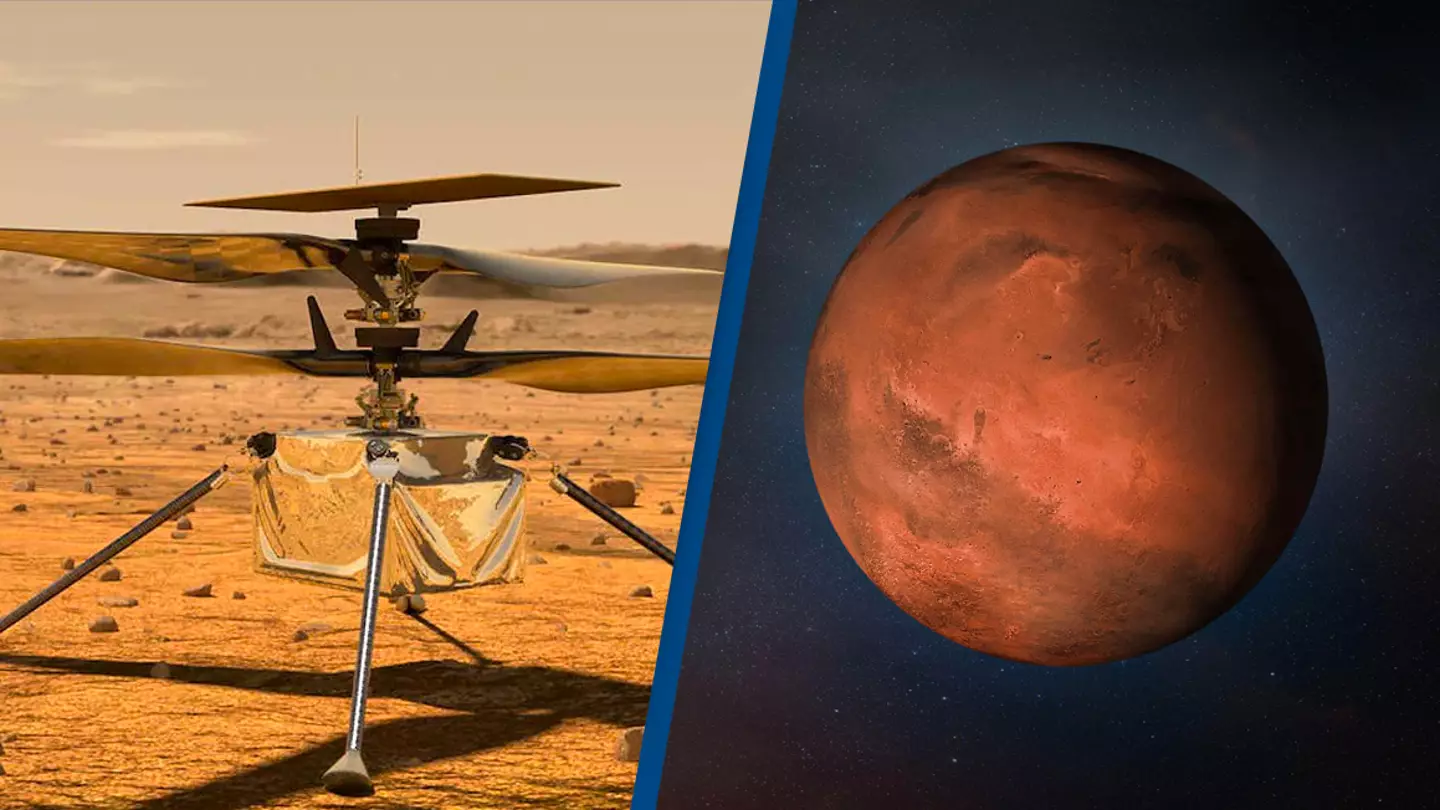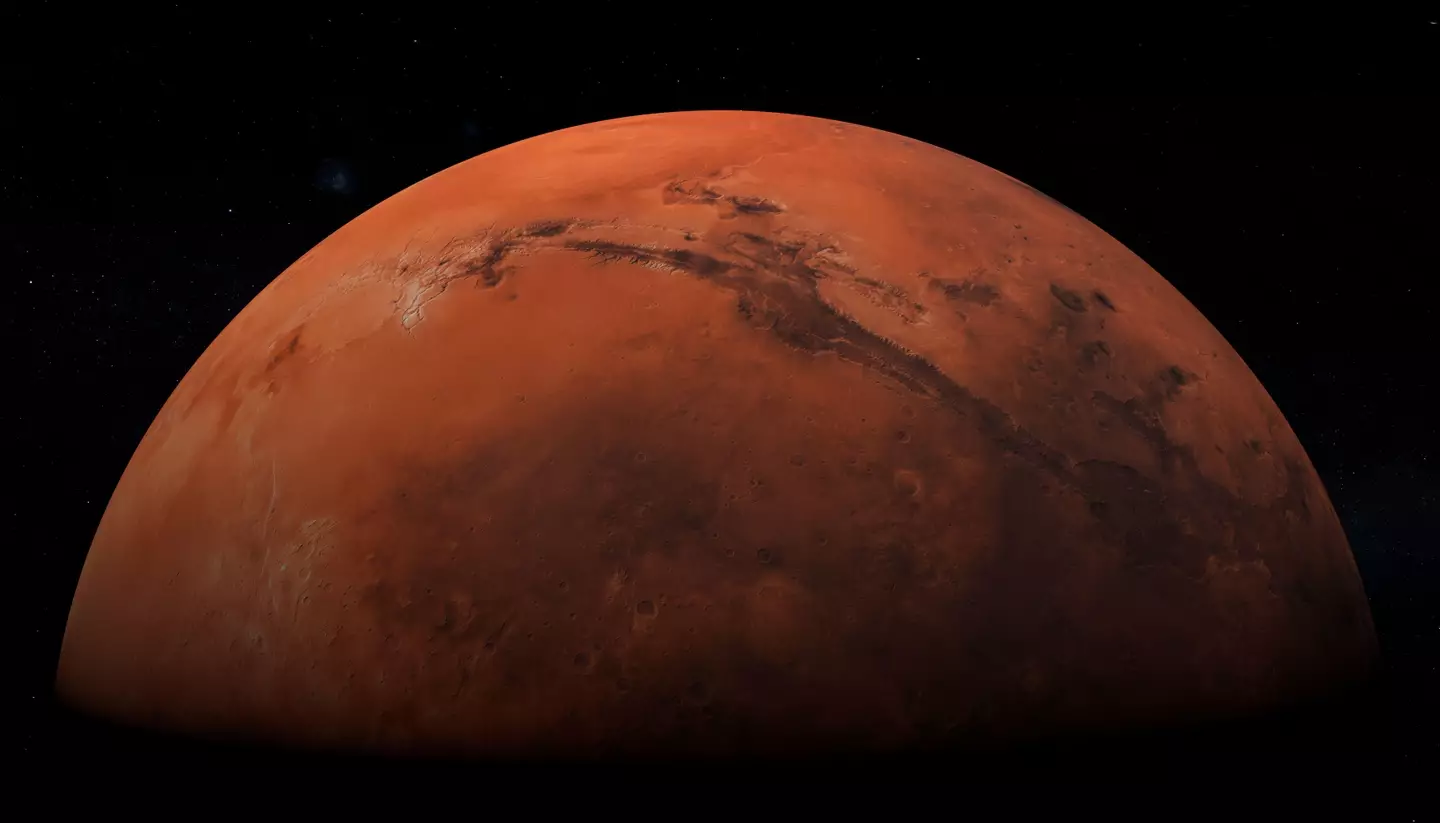
NASA's Mars Ingenuity Helicopter has been busy traversing the red planet, and recently completed its 23rd flight.
The autonomous drone managed to fly for a total of 129 seconds, across 358 metres. However, the most remarkable thing about the helicopter is that it was initially intended to be on Mars for a 31-day mission, and would complete no more than five flights. Suffice to say it's defied NASA's expectations, having been on the planet for almost a year in total.
Despite already clocking up more than 5,000 metres, Ingenuity's mission has been extended until September of this year, by which time it will have been tested to its very limits.
Advert
"Less than a year ago we didn't even know if powered, controlled flight of an aircraft at Mars was possible," Thomas Zurbuchen, associate administrator of NASA's Science Mission Directorate, said at the beginning of March. "Now, we are looking forward to Ingenuity's involvement in Perseverance's second science campaign.
"To enhance the chances of success, NASA's JPL is making software updates to improve operational flexibility and flight safety."
Advert
In a sign of how vitally important their work continues to be, NASA's Ingenuity crew recently received the National Space Club & Foundation's preeminent Dr. Robert H. Goddard Memorial Trophy, which is awarded to a person or group leading groundbreaking space or aeronautics achievements in the US.
"Just as Robert H. Goddard's first liquid-fuelled rockets of the 1920s led to interplanetary missions, Ingenuity could lead us to a future filled with fleets of Mars aircraft soaring through its thin atmosphere," said Ingenuity Team Lead Teddy Tzanetos when collecting the award.

Mars is set to become a hive of activity over the coming years, as NASA – and many other space agencies – begin to explore the planet more extensively. Elon Musk's SpaceX is hoping to send a manned spacecraft to Mars as soon as 2024, meaning that research missions like NASA's are becoming increasingly vital.
Advert
Musk stated last year that he's 'highly confident' SpaceX will launch people toward the red planet in 2026, adding that the milestone could be 2024 'if we get lucky'.
If you have a story you want to tell, send it to UNILAD via [email protected]
Topics: NASA, Space, Technology

